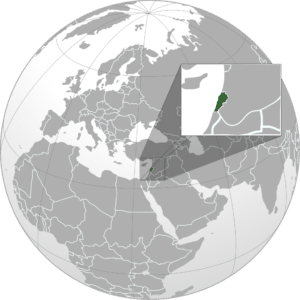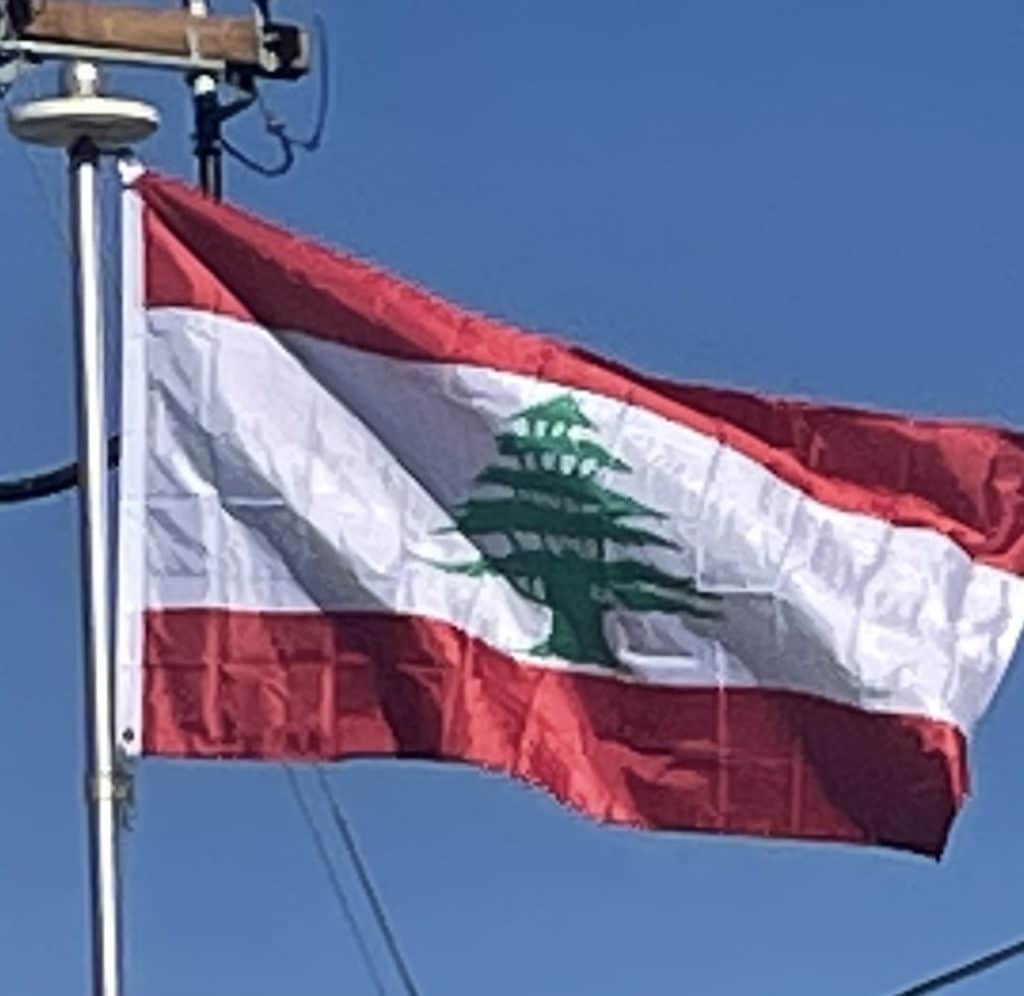Introduction:
Lebanon, officially known as the Lebanese Republic, is a Middle Eastern country in Western Asia. It is bordered by Syria to the north and east and Israel to the south, while Cyprus lies west across the Mediterranean Sea. Lebanon’s location at the crossroads of the Mediterranean Basin and the Arabian hinterland has contributed to its rich history and shaped a cultural identity of religious and ethnic diversity. At just 10,452 km2 (4,036 mi2), it is the smallest recognized sovereign state on the mainland Asian continent. The official language, Lebanese Arabic, is the most common language spoken by the citizens of Lebanon.

The earliest evidence of civilization in Lebanon dates back more than seven thousand years, predating recorded history. Lebanon was home to the Phoenicians, a maritime culture that flourished for almost three thousand years (c. 3200–539 BC). In 64 BC, the region came under the rule of the Roman Empire, and eventually became one of its leading centers of Christianity. The Mount Lebanon range saw the emergence of a monastic tradition known as the Maronite Church. As the Arab Muslims conquered the region, the Maronites held onto their religion and identity. However, a new religious group, the Druze, established themselves in Mount Lebanon as well, generating a religious divide that has lasted for centuries. During the Crusades, the Maronites re-established contact with the Roman Catholic Church and asserted their communion with Rome. These ties have influenced the region into the modern era.
Lebanon was conquered by the Ottomans in the 16th century and remained under their rule for the next 400 years. Following the empire’s collapse after World War I, the five provinces constituting modern Lebanon came under the French Mandate. The French expanded the borders of the Mount Lebanon Governorate, which was predominately Maronite and Druze, to include more Muslims.

Upon independence in 1943, Lebanon established a unique confessionalist form of government, with the major religious sects apportioned specific political powers. President Bechara El Khoury, prime minister Riad El-Solh, and minister of defense Emir Majid Arslan II are considered the founders of modern Lebanon and national heroes for their role in independence. Lebanon initially enjoyed political and economic stability, which was shattered by the bloody Lebanese Civil War (1975–1990) between various political and sectarian factions. The war partially led to military occupations by Syria (1975 to 2005) and Israel (1985 to 2000).
Despite Lebanon’s small size, Lebanese culture is renowned both in the Arab world and globally, powered by its large and influential diaspora. Prior to the civil war, the country enjoyed a diversified economy that included tourism, agriculture, commerce, and banking. Its financial power and stability through the 1950s and 1960s earned Lebanon the name of “Switzerland of the East”, while its capital, Beirut, attracted so many tourists that it was known as “the Paris of the Middle East”. Since the end of the war, there have been extensive efforts to revive the economy and rebuild national infrastructure. While still recovering from the political and economic effects of the conflict, Lebanon remains a cosmopolitan and developing country, with the highest Human Development Index and GDP per capita in the Arab world outside of the oil-rich economies of the Persian Gulf.
